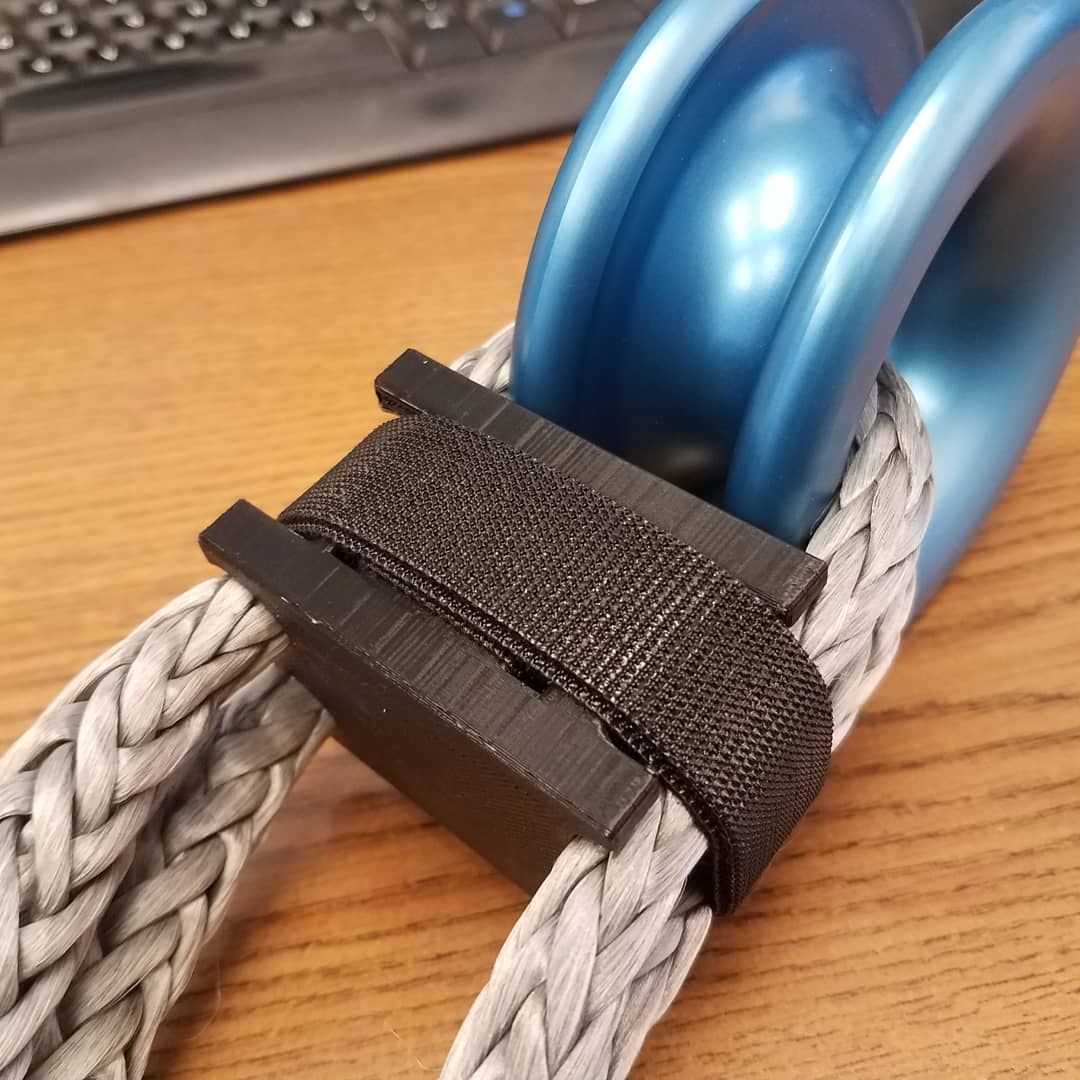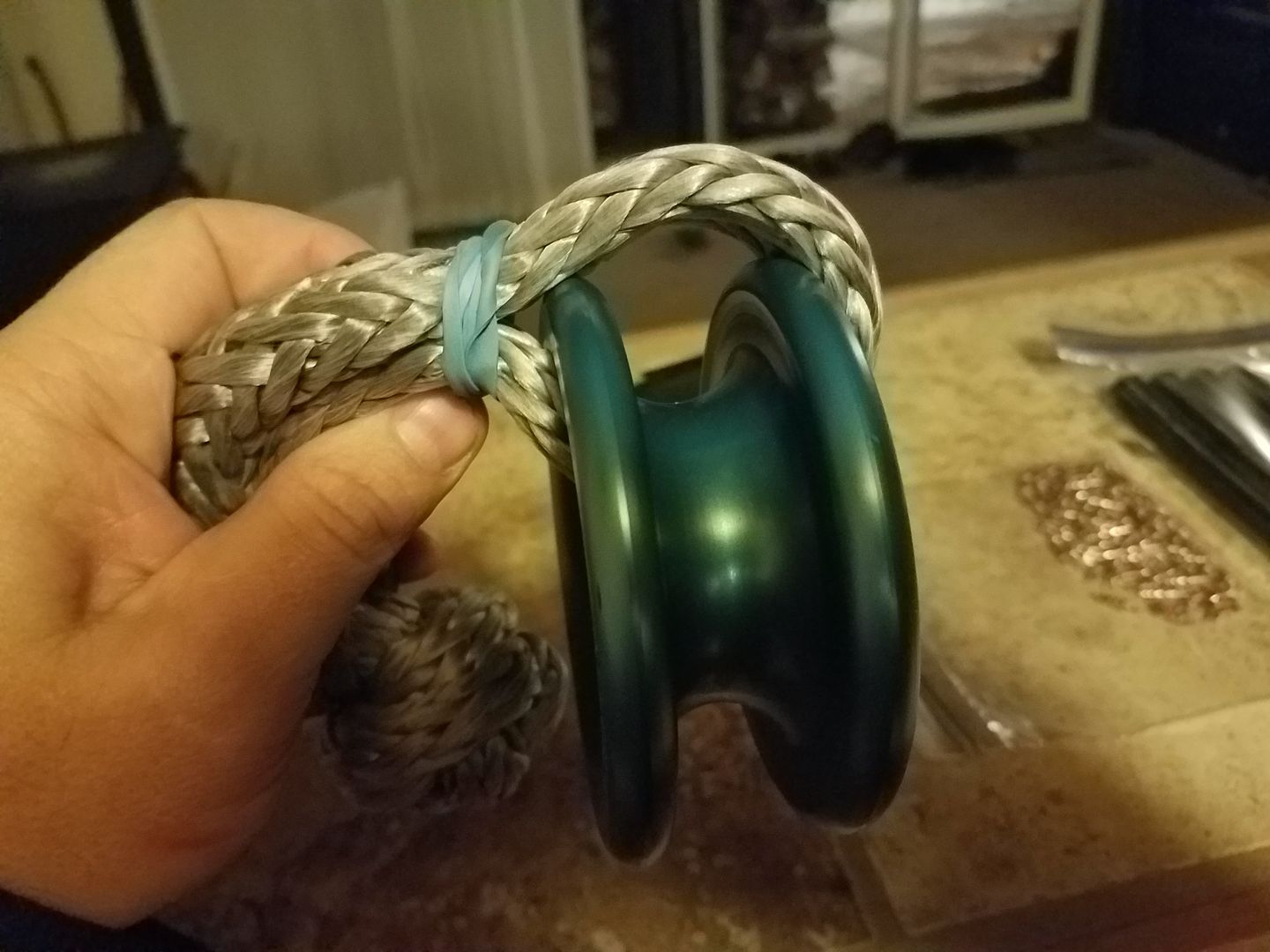Metcalf
Expedition Leader
I finished up the design on my snatch ring 'block' device.


This works fantastic to keep the ring from 'tipping' over when the line becomes slack during a vehicle recovery. This keeps the line in the proper position on the ring and prevents you from having the lines saw through each other. The block is set to the same nominal thickness as the ring which minimizes addition friction at the ring if the soft shackle is attached to something with a smaller D/d than the aluminum ring. This is also good because the outside radius on the ring is small which can be a trouble spot.
If you need one, drop me a PM.


This works fantastic to keep the ring from 'tipping' over when the line becomes slack during a vehicle recovery. This keeps the line in the proper position on the ring and prevents you from having the lines saw through each other. The block is set to the same nominal thickness as the ring which minimizes addition friction at the ring if the soft shackle is attached to something with a smaller D/d than the aluminum ring. This is also good because the outside radius on the ring is small which can be a trouble spot.
If you need one, drop me a PM.
Last edited:







